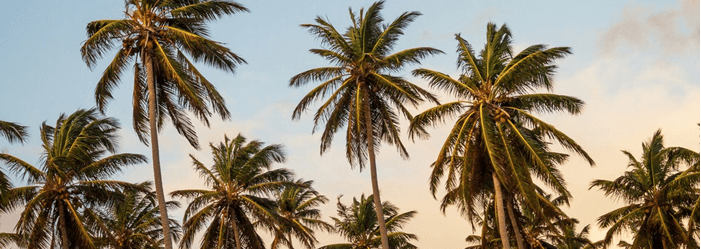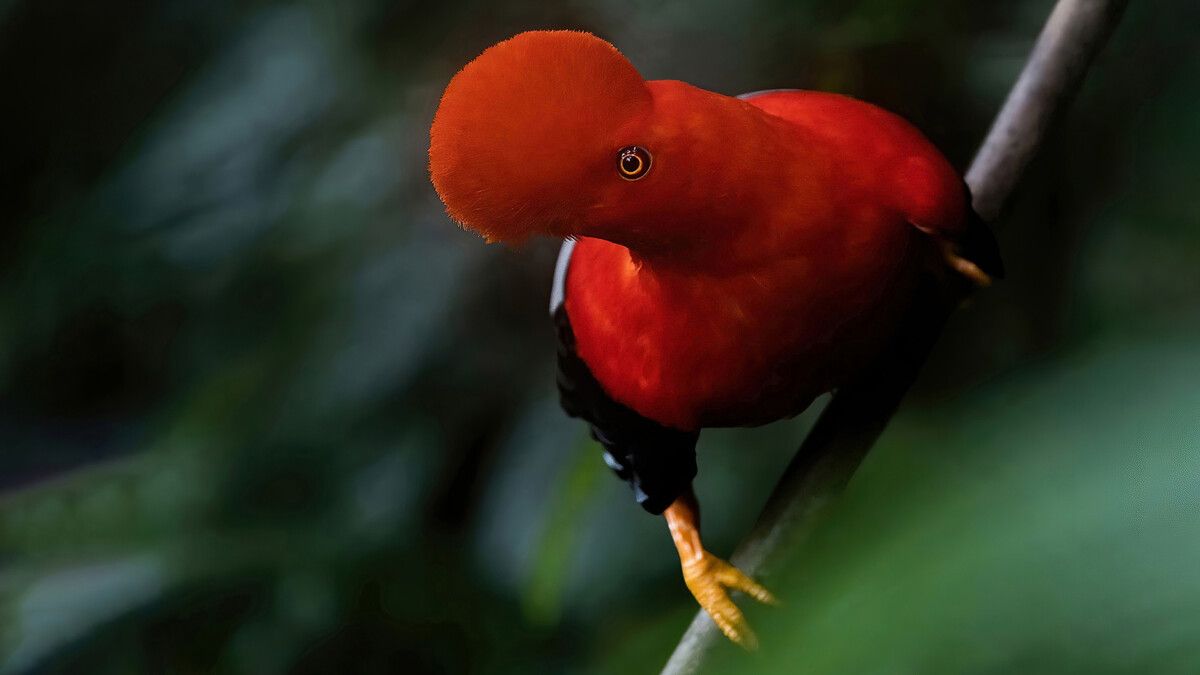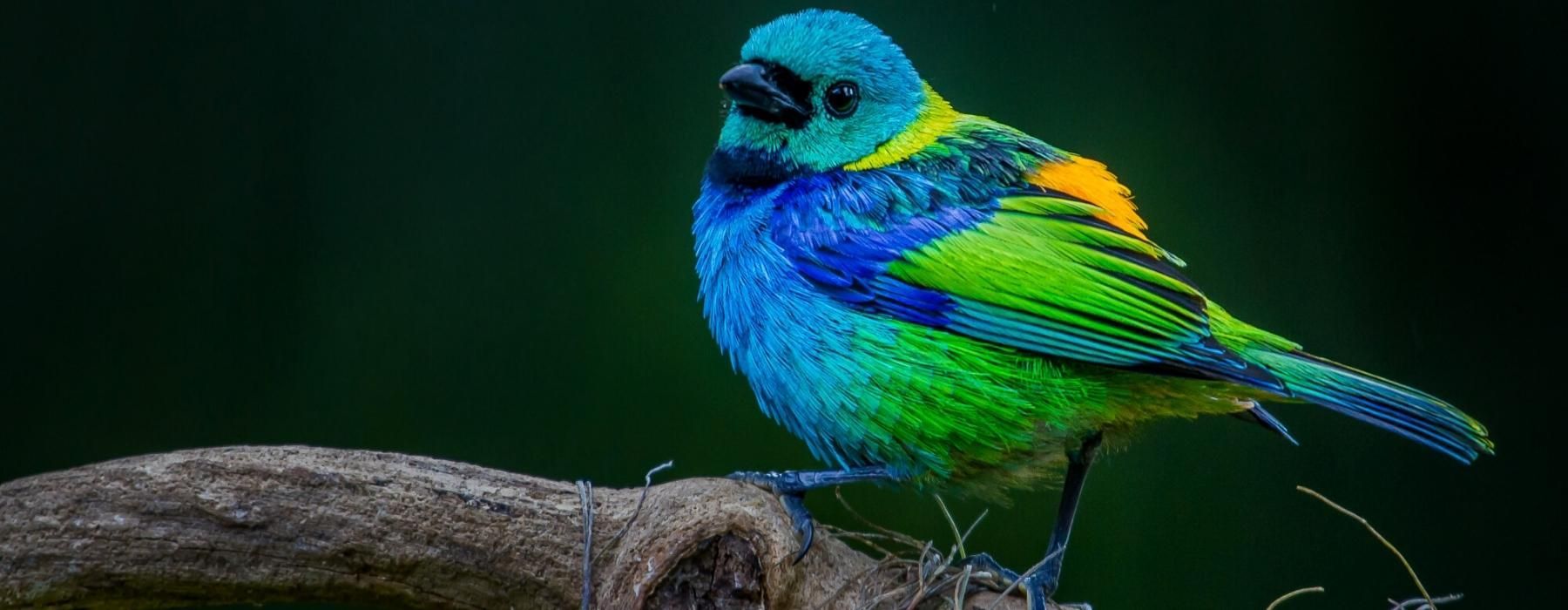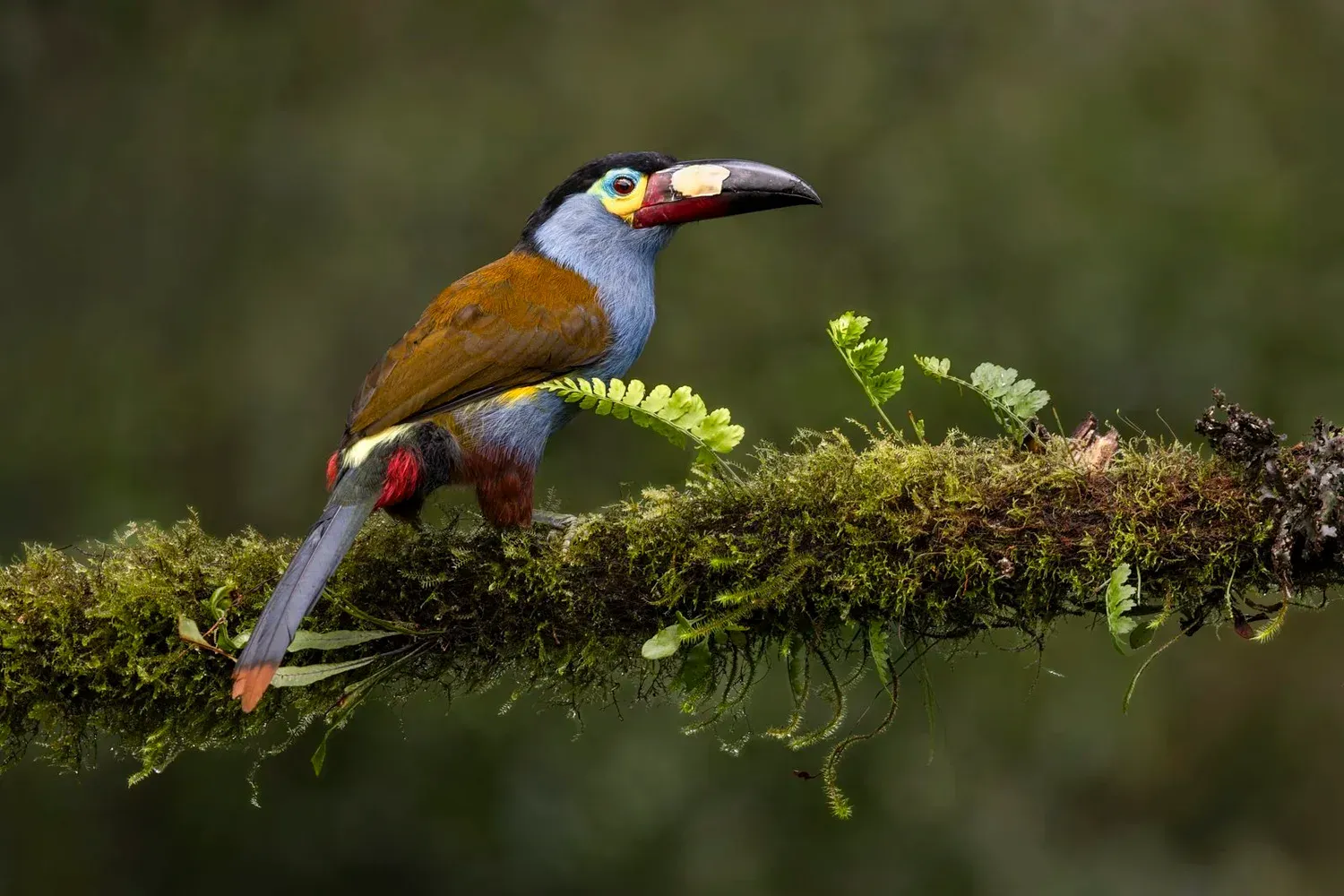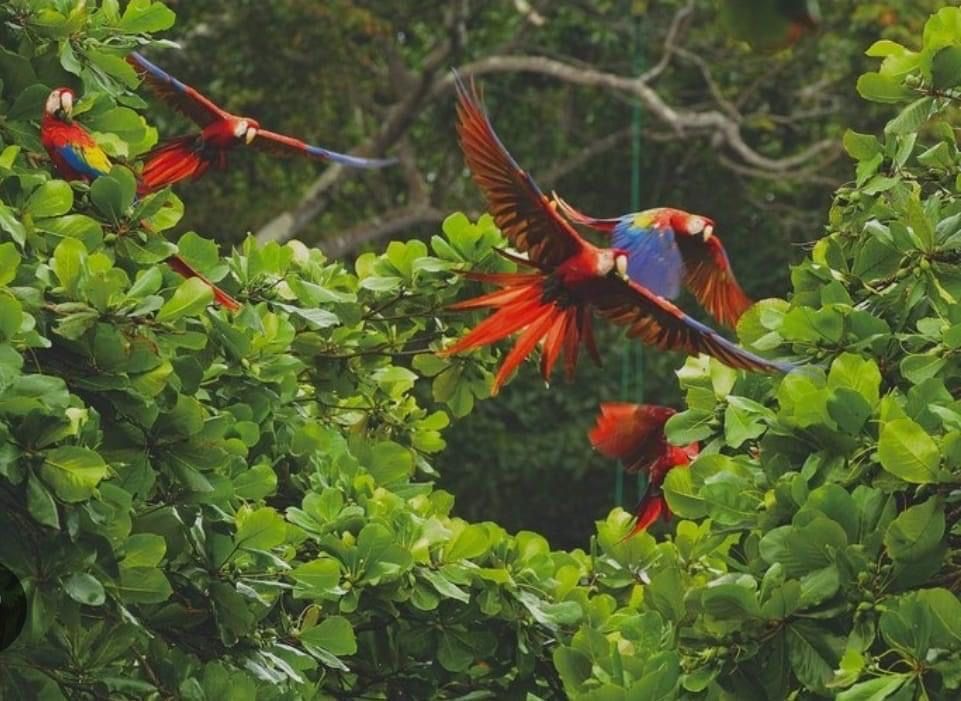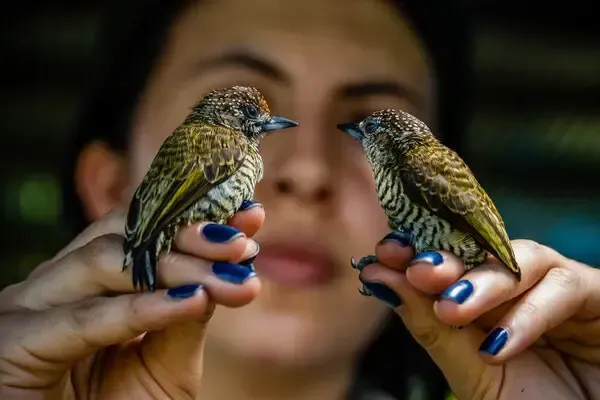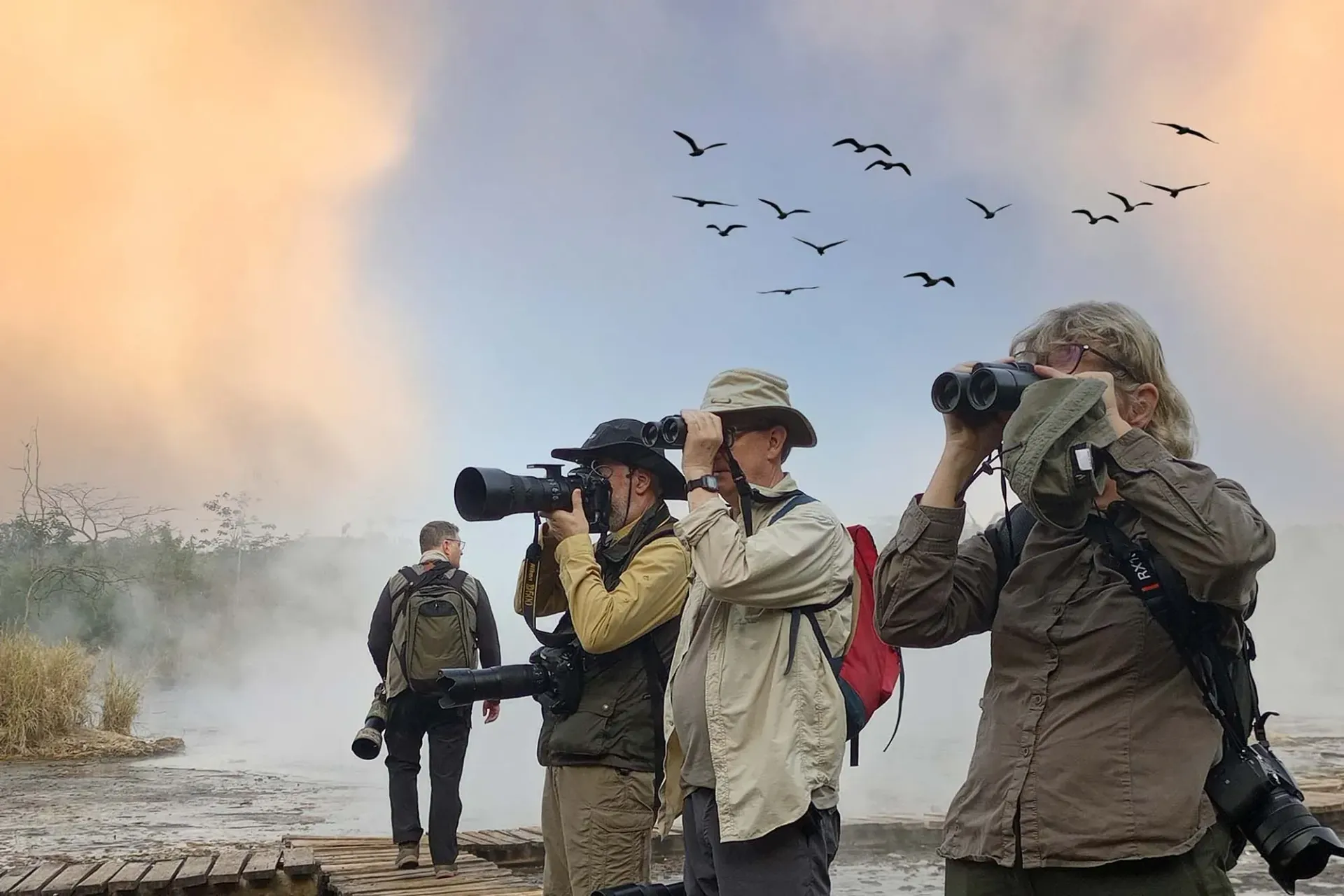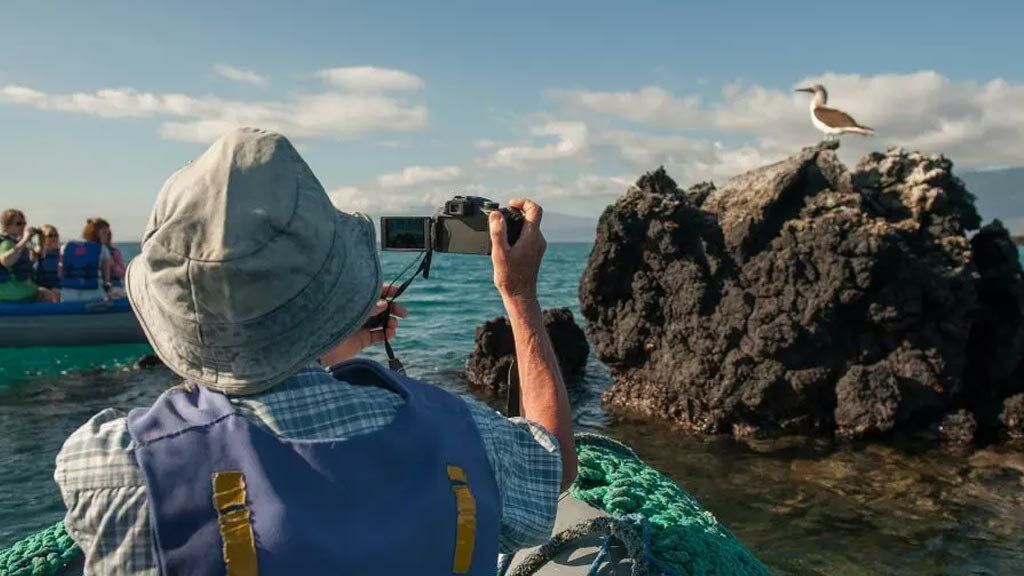Endemic Bird Photography Tours in the Chocó Bioregion
Endemic Bird Photography Tours in the Chocó Bioregion
The Chocó Bioregion, stretching along the Pacific coast of Colombia and Ecuador, is one of the most biodiverse and least-explored areas on Earth. For passionate bird photographers, it represents a living treasure chest — dense with endemic species, vibrant habitats, and endless opportunities for stunning compositions.
From the rain-drenched lowlands to the foothills of the Andes, this narrow strip of tropical forest hosts more than 900 bird species, nearly 10% of which are endemic to the region. With constant rainfall nurturing lush vegetation, the Chocó is alive with color, movement, and sound — the perfect natural studio for bird photographers seeking subjects found nowhere else.
The Chocó Bioregion: A Photographer’s Paradise
Few ecosystems in the world compare to the Chocó. Declared one of the Global 25 Biodiversity Hotspots, this region supports an astonishing range of birdlife, amphibians, and plants. The humid climate, coastal influence, and isolation between the Pacific and Andean slopes have created the conditions for intense speciation — meaning that many birds here exist only within this single corridor of forest.
For photographers, the Chocó offers raw beauty and unpredictability. The soft, diffused light from persistent cloud cover creates ideal conditions for natural-light photography. Meanwhile, the dense canopy and dramatic terrain challenge composition and technical skill — rewarding those who embrace its untamed character.
Why Choose the Chocó for Endemic Bird Photography
The Chocó’s reputation as a haven for endemic birds makes it irresistible for photographers looking to expand their portfolios with rare species. But beyond sheer numbers, what truly sets this region apart is the intimacy of encounters.
In many lodges and reserves, birds are accustomed to people, allowing photographers to work at close range without disturbing natural behavior. Add to that the vibrant plumage typical of Chocó species — emerald greens, sapphire blues, fiery reds — and you have the recipe for visually captivating imagery.
Key advantages for photographers:
- Extreme diversity in a compact area.
- Reliable sightings of rare and endemic birds.
- Professional birding guides specialized in photography.
- Lodges with photographic hides, feeders, and forest trails.
- Soft, even light perfect for capturing feather detail.
The Top Endemic Birds to Photograph in the Chocó
1. Baudó Oropendola (Psarocolius cassini)
A true Chocó specialty, the Baudó Oropendola is found only along Colombia’s Pacific slope. Its deep chestnut plumage and vibrant yellow tail create a striking contrast against dark rainforest backdrops.
Photography tip: Wait near active colonies; use a 400–600 mm lens to frame nesting behavior high in the canopy.
2. Long-wattled Umbrellabird (Cephalopterus penduliger)
This large, dramatic bird is a favorite subject thanks to its unique umbrella-shaped crest and pendulous wattle. Photographing it in the misty lowlands near Buenaventura or Esmeraldas can yield iconic portraits.
Pro tip: Morning fog provides natural diffusion — underexpose slightly to preserve detail in dark feathers.
3. Empress Brilliant (Heliodoxa imperatrix)
An iridescent hummingbird endemic to the Chocó-Andean forests, this species shines with metallic greens and violets.
Best location: Mashpi Lodge (Ecuador) and Anchicayá Valley (Colombia).
4. Gold-ringed Tanager (Bangsia aureocincta)
One of the most sought-after tanagers in Colombia, this species dazzles with its golden facial ring and deep blue body. Found only in mid-elevation Chocó forests, it’s a “must-capture” for endemic collectors.
5. Chocó Toucan (Ramphastos brevis)
A colorful cousin of the Channel-billed Toucan, this species thrives in the lower Chocó forests. Its large bill and vibrant pattern make for dynamic compositions in both portrait and environmental shots.
6. Purple-chested Hummingbird (Polyerata rosenbergi)
A jewel of the humid foothills, this hummingbird’s iridescent purple chest glows beautifully under filtered light.
7. Scarlet-and-White Tanager (Chrysothlypis salmoni)
Brilliant crimson and pure white plumage make this species one of the easiest to spot and one of the hardest to photograph perfectly — because of its constant movement.
Best Locations for Bird Photography Tours in the Chocó
1. Anchicayá Valley (Colombia)
Known as the “Gateway to the Chocó,” Anchicayá offers one of South America’s most productive birding routes. The road from Dapa to El Descanso passes through pristine rainforest where dozens of Chocó endemics can be photographed daily.
Target species:
- Glistening-green Tanager
- Chocó Toucan
- Blue-whiskered Tanager
- Rose-faced Parrot
Why photographers love it: The accessible roadside forest allows for handheld shooting, and the diffused light conditions minimize harsh shadows.
2. Alto de Pisones and Montezuma Rainforest Lodge (Western Andes, Colombia)
Technically in the Andean transition zone, Montezuma provides exceptional access to Chocó-Andean endemics. The combination of feeders, trails, and expert guides has made it one of Colombia’s top destinations for bird photographers.
Highlights:
- Gold-ringed Tanager
- Black-and-gold Tanager
- Crested Ant-tanager
- Brown Inca Hummingbird
3. Esmeraldas and the Mache-Chindul Reserve (Ecuador)
This northern Ecuadorian reserve sits squarely in the Chocó lowlands and offers superb chances to photograph secretive species such as manakins, puffbirds, and woodcreepers.
Tip: Visit between May and August when fruiting trees attract flocks of tanagers and aracaris.
4. Utría National Park (Colombia’s Pacific Coast)
A mosaic of mangroves, lowland rainforest, and beaches, Utría offers coastal backdrops rarely found in other birding areas.
Endemics and specialties:
- Baudó Oropendola
- Spot-crowned Barbet
- Lita Woodpecker
- Western White-tailed Trogon
5. Mashpi and Milpe Reserves (Ecuador)
Luxury meets biodiversity in these reserves, ideal for those who want excellent photography infrastructure. Hummingbird feeders, canopy towers, and clear forest trails ensure great angles and lighting.
What Makes Endemic Bird Tours Different from Regular Birding Trips
Endemic bird photography tours focus on target species — birds with restricted ranges that cannot be photographed elsewhere. These tours are highly structured to maximize sightings, photography conditions, and time in the field.
Key differences:
- Expert guides specialized in target species identification.
- Smaller group sizes for better positioning.
- Extended sessions at hides or feeders.
- Focus on photographic lighting and composition rather than species counts.
Photographers also benefit from professional support — from perch placement to artificial backgrounds designed for natural results.
Photography Techniques for the Chocó Environment
The Chocó’s high humidity, dim light, and dense canopy demand both preparation and patience.
Recommended Gear
- Weather-sealed camera bodies.
- Fast telephoto lens (300–600 mm, f/4–f/5.6).
- Lightweight tripod or monopod.
- Flash with diffuser for fill light (use responsibly).
- Rain covers and silica gel packs.
Camera Settings
- ISO: 800–2500 (depending on canopy density).
- Aperture: f/5.6–f/8 for sufficient depth.
- Shutter speed: 1/800–1/1600 for perched birds; 1/2000+ for hummingbirds.
Techniques
- Use natural perches: Position near fruiting plants or flowers.
- Wait for eye contact: Capturing a bird’s gaze adds emotional depth.
- Focus on background separation: The dense foliage can distract; choose wide apertures for creamy bokeh.
- Take advantage of rain: Wet feathers amplify colors and reflections.
Seasonal Variations: When to Visit the Chocó
Because the Chocó receives heavy rainfall throughout the year, planning is essential.
- Best overall months: June to September and December to February — relatively drier with better trail conditions.
- Breeding season: March–May, offering unique behavior shots.
- Lighting conditions: Morning light (06:30–09:30) is golden yet soft, perfect for portraits.
Even during wetter periods, showers are typically short and interspersed with bright intervals ideal for photography.
Lodges and Tour Operators for Photographers
Several eco-lodges in the Chocó cater specifically to photographers rather than general tourists. They provide hides, feeding stations, and reliable access to target species.
Recommended lodges:
- Montezuma Rainforest Lodge (Colombia): Iconic for endemic tanagers and hummingbirds.
- El Cantil Eco-lodge (Utría National Park): Combines coastal scenery with rainforest species.
- Mashpi Lodge (Ecuador): Luxurious yet conservation-focused, offering close encounters with hummingbirds.
- Milpe Bird Sanctuary Lodge (Ecuador): Known for lowland Chocó specialties and feeder photography.
When booking, ensure the operator understands the requirements of professional photography — including light orientation, hide positioning, and ethical practices.
Ethics and Conservation in Endemic Bird Photography
Endemic species often have small, vulnerable populations. Ethical photography helps preserve their habitats and wellbeing.
Golden rules:
- Do not use playback excessively.
- Never approach nesting sites too closely.
- Avoid artificial perches that alter natural behavior.
- Support lodges contributing to habitat protection.
- Share conservation messages through your images.
Many tour operators in the Chocó reinvest a portion of earnings into reforestation and community education, allowing photographers to give back simply by participating.
Local Culture and Community Involvement
Beyond birds, the Chocó offers rich Afro-Colombian and Indigenous heritage. Many photography tours include opportunities to visit local communities, learn about traditional crafts, and understand how ecotourism supports livelihoods.
This cultural exchange adds emotional depth to every journey. A portrait of a bird becomes more than art — it becomes a symbol of coexistence between people and nature.
Challenges and Rewards of Photographing in the Chocó
The Chocó is wild, wet, and at times physically demanding. But these very challenges make every perfect shot even more meaningful.
Challenges:
- Unpredictable rain.
- High humidity affecting gear.
- Difficult terrain and long travel times.
Rewards:
- Rare, world-exclusive photographs.
- Immersive natural experiences.
- Contribution to biodiversity awareness.
As one seasoned wildlife photographer put it:
“Every drop of rain in the Chocó carries color — the forest glows after a storm, and every bird feels like a miracle.”
Building a Chocó Bird Photography Itinerary
Day 1–2: Arrival in Cali or Medellín, transfer to Anchicayá Valley.
Day 3–5: Explore Anchicayá; focus on tanagers and toucans.
Day 6–9: Travel to Montezuma Lodge; photograph high-elevation Chocó endemics.
Day 10–12: Optional extension to Utría National Park for coastal species.
Day 13–14: Cultural visit to a local community and wrap-up photo review.
This 10–14-day plan balances accessibility, species diversity, and photographic quality.
Final Thoughts: The Soul of the Chocó
The Chocó Bioregion is more than a destination — it’s a revelation. For serious bird photographers, it offers the rare opportunity to document life that exists nowhere else.
Every click of the shutter here is a celebration of evolution, color, and resilience. The rhythmic rain, the shimmer of wet leaves, the haunting call of the umbrellabird echoing through the fog — all of it weaves a story that connects you directly to Earth’s living heartbeat.
In an era when many natural habitats are fading, the Chocó remains defiantly alive. Visiting it not only expands your photographic portfolio but also supports its preservation.
So pack your lenses, seal your gear, and step into the rainforest. The birds of the Chocó are waiting — brilliant, rare, and utterly unforgettable.
